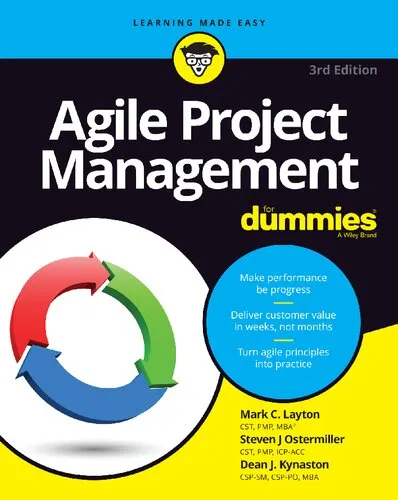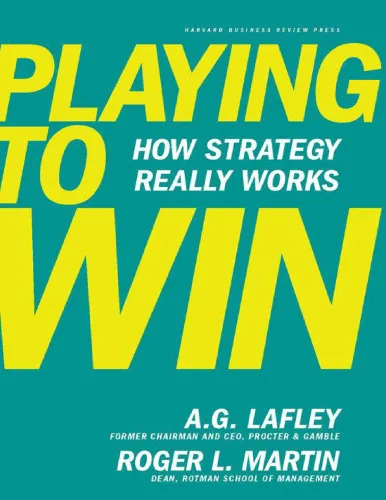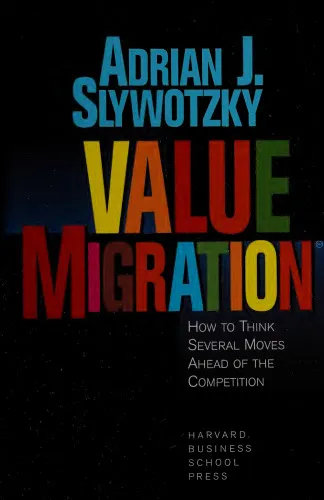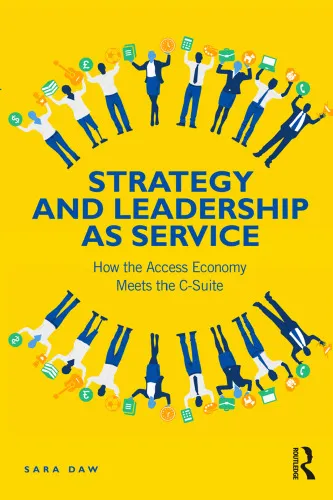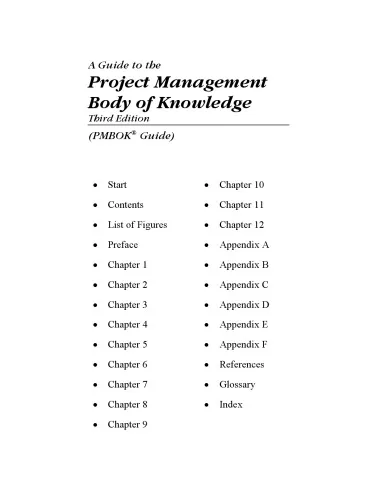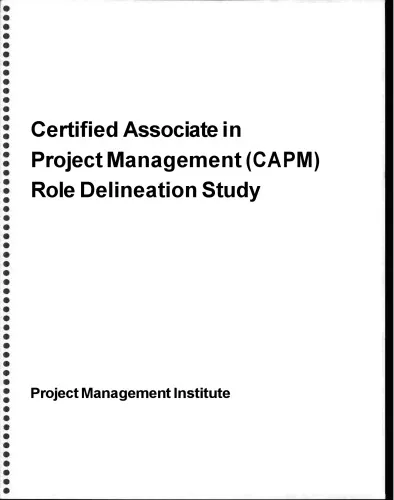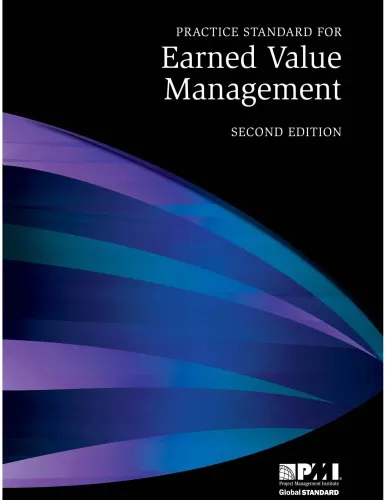Journal of Organizational Behavior
4.8
Reviews from our users

You Can Ask your questions from this book's AI after Login
Each download or ask from book AI costs 2 points. To earn more free points, please visit the Points Guide Page and complete some valuable actions.Related Refrences:
Analytical Summary
The section entitled Journal of Organizational Behaviorpp.137—154 represents a critical contribution to the scholarly examination of human behavior within organizational contexts. Written by Nigel Nicholson and Wendy de Waal-Andrews, this work captures nuanced insights into how individuals and groups navigate complex workplace dynamics, adapt to change, and influence organizational culture. While the publication year is currently “Information unavailable” due to no reliable public source, the intellectual richness of this segment remains undiminished, offering readers a methodical and evidence-supported exploration.
Structured around empirical investigation and theoretical interpretation, the text delves deeply into organizational psychology — one of our secondary keywords — and links those findings to practical applications relevant for managers, academics, and policy-makers. Each page builds upon established research traditions while inviting critical reflection on emerging paradigms. The authors blend qualitative and quantitative methodologies, ensuring that the arguments presented are both robust in data and sophisticated in theoretical framing.
What sets this section apart is its emphasis on the interplay between individual cognition and collective behavior within formal institutions. The writing navigates seamlessly between micro-level psychological processes and macro-level organizational structures, allowing readers to appreciate the complexity of modern workplaces. The analytical narrative balances clarity with depth, ensuring accessibility for serious readers while preserving the richness expected in advanced academic discourse.
Key Takeaways
This part of the Journal of Organizational Behaviorpp.137—154 distills research findings into actionable insights that bridge theory and practice. Readers gain both conceptual clarity and practical relevance for ongoing professional development and scholarly inquiry.
Among the central takeaways is the recognition that workplace dynamics are deeply influenced by underlying psychological mechanisms, which can be harnessed to foster better communication, decision-making, and leadership within organizations.
Another key insight concerns the importance of context — organizational culture is not a static entity but evolves in interaction with external pressures and internal transformations.
The authors also highlight ethical considerations in organizational behavior studies, emphasizing the role values play in shaping both empirical outcomes and strategic management decisions.
Lastly, the text urges readers to consider the long-term implications of interventions, drawing attention to sustainability in organizational change processes.
Memorable Quotes
“Understanding the human element is key to unlocking organizational potential.” Unknown
“Culture shapes behavior, and behavior in turn reshapes culture.” Unknown
“Effective leadership bridges the gap between vision and reality.” Unknown
Why This Book Matters
The relevance of the Journal of Organizational Behaviorpp.137—154 extends beyond academia into the lived realities of organizational life. For professionals dedicated to enhancing workplace performance, the ideas explored within this work offer critical frameworks for diagnosing and addressing structural and interpersonal challenges.
In academic circles, this section is valued for its methodological rigor and its capacity to bridge diverse schools of thought within organizational psychology. Practical readers, on the other hand, will appreciate the clear connections made to everyday scenarios, from leadership development programs to change management initiatives.
Given the increasing complexity of globalized work environments, understanding workplace dynamics — our second secondary keyword — is more important than ever. This text stands as a key reference point for anyone aiming to achieve organizational resilience and adaptability.
Inspiring Conclusion
Engaging with Journal of Organizational Behaviorpp.137—154 is more than an academic exercise; it is an invitation to rethink the foundations of how organizations function. The detailed analysis and clear articulation of key concepts position this work as a valuable resource for academics, professionals, and students alike.
By integrating insights from organizational psychology and workplace dynamics into actionable strategies, the authors create pathways for meaningful change. Whether your aim is to advance scholarly research or strengthen managerial practice, this section offers a rich starting point.
The next step is yours: read deeply, share these ideas with colleagues, and initiate discussions that will shape the future of work. In doing so, you make the themes of Journal of Organizational Behaviorpp.137—154 a living, evolving part of your professional journey.
Free Direct Download
You Can Download this book after Login
Accessing books through legal platforms and public libraries not only supports the rights of authors and publishers but also contributes to the sustainability of reading culture. Before downloading, please take a moment to consider these options.
Find this book on other platforms:
WorldCat helps you find books in libraries worldwide.
See ratings, reviews, and discussions on Goodreads.
Find and buy rare or used books on AbeBooks.
1039
بازدید4.8
امتیاز0
نظر98%
رضایتReviews:
4.8
Based on 0 users review
Questions & Answers
Ask questions about this book or help others by answering
No questions yet. Be the first to ask!



